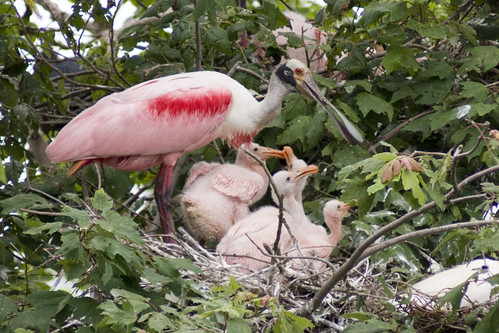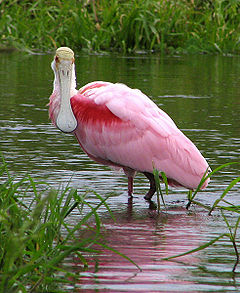 |
| SOME ROSEATE SPOONBILLS FLYING.THEY'VE GOT A NICE COLOR |
 |
| ROSEATE SPOONBILL STAMP |
 |
| A PAINTING OF A ROSEATE SPOONBILL FLYING |
 |
| ROSEATE SPOONBILL WITH IT'S BABIES |
 |
| ROSEATE SPOONBILL EATING A FISH |
| SPOONBILL ARE OFTEN MISTAKEN FOR OTHER BIRDS LIKE,FLAMINGOS BUT '' '' SPOONBILLS CAN BE SEEN CLEARLY BECAUSE FLAMINGOS NECKS ARE VERY |

No comments:
Post a Comment